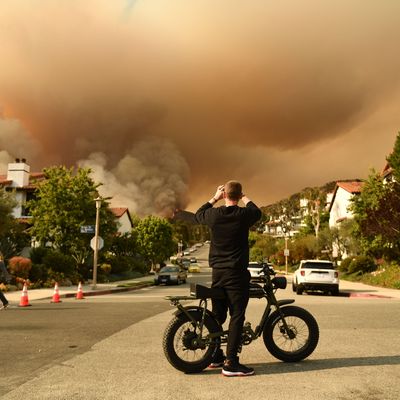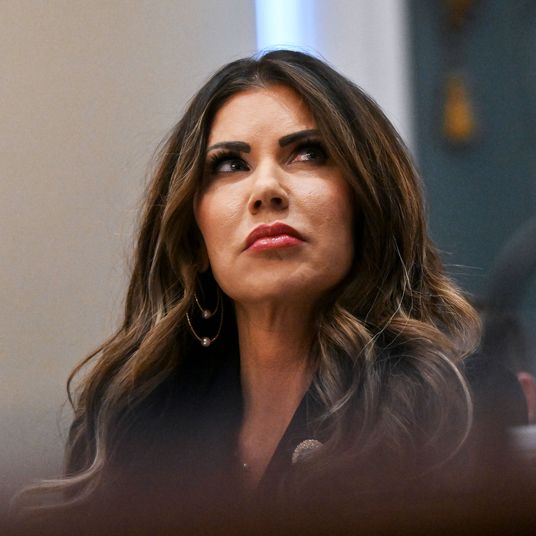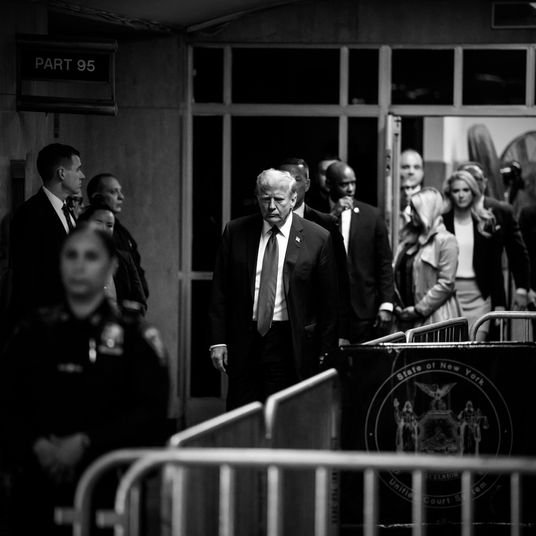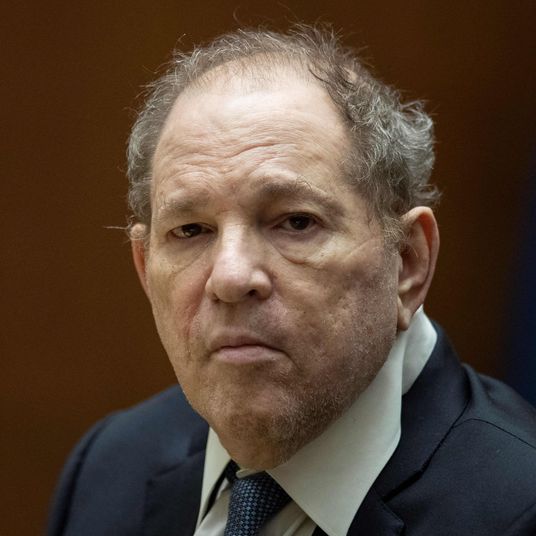
When a brush fire was first reported on Friday night close to a trail in Topanga State Park in the Santa Monica mountains, it was still small — around 15 acres, according to the Los Angeles County Fire Department. But the blaze now called the Palisades Fire grew over the weekend to consume over 1,325 acres in western Lost Angeles County by Sunday afternoon, with zero containment as of 1:30 p.m. PT. In the dense chaparral between Malibu and Santa Monica, a mandatory evacuation has affected some 1,000 people in 500 homes, many of which were multimillion-dollar complexes.
The Los Angeles Fire Department anticipates that conditions will worsen into Sunday night, as “the vegetation in this area is very dry and has not burned in 50-plus years.” In an interview with KABC on Sunday, LAFD spokesman David Ortiz said that fire crews were attempting “to keep it up out of the old growth, which is 50-60 years that hasn’t burned. So there’s a lot of dense, thick material there — oily plants that have died out because of the drought. So that’s our objective today is to try to keep it out of that and protect the communities and neighborhoods to the west of this fire because that’s what’s closest to it.” The cause of the fire is still under investigation, though the Los Angeles County Sheriff’s Department announced Saturday that a team was in the “Topanga area in search of arson suspect setting fires.”
Though the fire remains relatively small — large events typically burn
hundreds of thousands of acres — the blaze is one of several to burn this month in a state reeling from its worst-ever fire season. (One in three of the state’s recorded blazes this year has taken place since the beginning of May.) And while the fire season is traditionally considered to begin in June, researchers at UC Irvine found in a study published in Nature last month that the “start of the wildfire season has also advanced to May.” The study also determined that in this extended fire season, the “overall fire frequency of all wildfires” has increased over the past two decades due to poor wildfire management and “the drying of forest fuels due to human-induced climate warming.”
Those parched conditions are expected to make the 2021 fire season a particularly brutal one, as a delayed rainy season and low snowpack has created a statewide drought as the West enters a summer expected to be hotter than average. “The fact that it is drier is overall the worst-case scenario,” Heath Hockenberry, fire-weather program manager for the National Weather Service, told the Los Angeles Times in April. “I don’t want to characterize this season as the worst-case scenario but the worst-case scenario is when you have long-term drying, no rain and you throw lightning on top of that.” That the National Weather Service is throwing out the framing of a possible worst case scenario after last year is of particular concern, given that the six largest fires in the state’s history took place last summer, and smoke from the season throughout the west negated the United States’ gains in air quality during the pandemic.






























